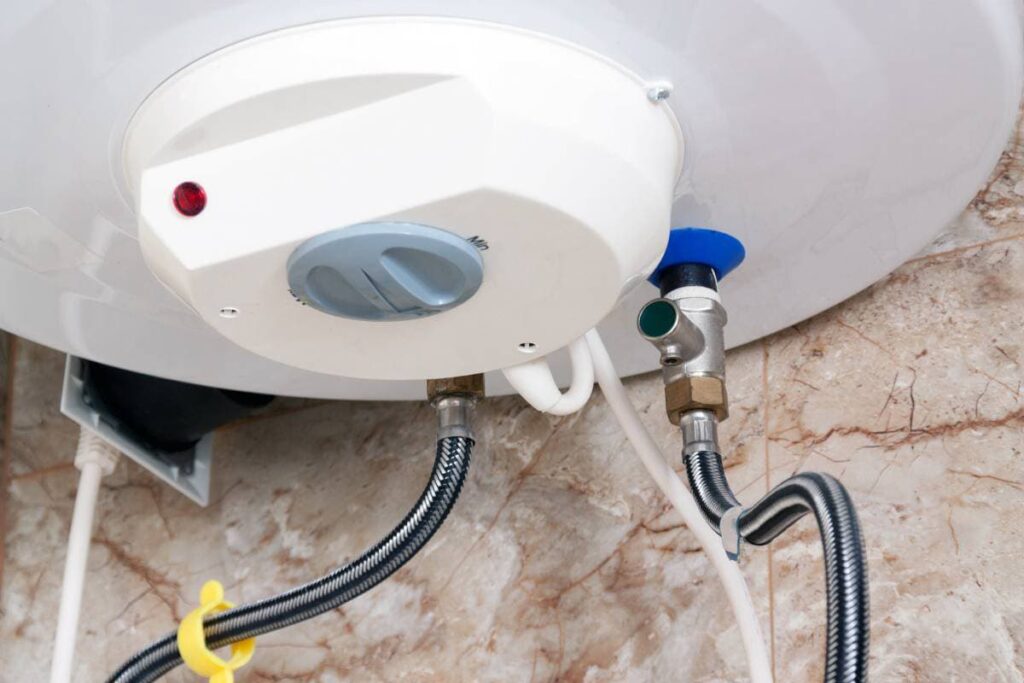Effective Techniques for Caring for Your Home's Hot Water System
Effective Techniques for Caring for Your Home's Hot Water System
Blog Article
In this article below you might get additional superb news relating to How to Maintain Your Water Heater & Prolong its Life.

Warm water is important for everyday comfort, whether it's for a revitalizing shower or washing meals. To guarantee your hot water system runs effectively and lasts longer, routine maintenance is essential. This short article supplies functional pointers and understandings on just how to preserve your home's warm water system to stay clear of disturbances and pricey repair services.
Intro
Keeping your home's warm water system may appear complicated, yet with a couple of basic steps, you can ensure it operates smoothly for years to come. This guide covers everything from recognizing your warm water system to do it yourself upkeep ideas and knowing when to call in specialist aid.
Value of Preserving Your Hot Water System
Routine maintenance not just prolongs the lifespan of your warm water system however also guarantees it operates efficiently. Ignoring maintenance can lead to lowered effectiveness, greater power bills, and also premature failing of the system.
Indications Your Hot Water System Demands Maintenance
Knowing when your warm water system needs focus can avoid significant issues. Keep an eye out for indicators such as irregular water temperature, unusual noises from the heating system, or corroded water.
Comprehending Your Hot Water System
Prior to diving into upkeep jobs, it's useful to understand the fundamental parts of your warm water system. Generally, this consists of the water heater itself, pipes, anode poles, and temperature controls.
Month-to-month Upkeep Tasks
Regular monthly checks can aid catch minor concerns prior to they intensify.
Purging the Water Heater
Purging your water heater eliminates debris buildup, enhancing efficiency and extending its life.
Monitoring and Replacing Anode Rods
Anode poles protect against rust inside the container. Inspecting and replacing them when worn is crucial.
Examining and Readjusting Temperature Settings
Readjusting the temperature settings makes sure optimum performance and safety.
DIY Tips for Upkeep
You can carry out numerous maintenance jobs yourself to maintain your warm water system in top condition.
Looking for Leaks
Frequently evaluate pipes and connections for leakages, as these can bring about water damages and greater bills.
Checking Stress Relief Valves
Checking the pressure relief valve guarantees it functions correctly and stops excessive pressure build-up.
Insulating Pipes
Protecting warm water pipes decreases warmth loss and can save energy.
When to Call a Specialist
While DIY maintenance is helpful, some concerns require professional knowledge.
Facility Issues Needing Expert Aid
Examples include major leakages, electric problems, or if your water heater is constantly underperforming.
Regular Specialist Upkeep Benefits
Expert upkeep can consist of detailed evaluations, tune-ups, and ensuring compliance with safety requirements.
Final thought
Normal upkeep of your home's warm water system is essential for efficiency, longevity, and cost savings. By complying with these ideas and recognizing when to look for expert aid, you can make certain a reliable supply of warm water without unanticipated disturbances.
How to Maintain an Instant Hot Water Heater
Before tinkering with your hot water heater, make sure that it’s not powered on. You also have to turn off the main circuit breaker and shut off the main gas line to prevent accidents. Also turn off the water valves connected to your unit to prevent water from flowing into and out of the appliance. 2. When you’re done, you have to detach the purge valves’ caps. These look like the letter “T†and are situated on either side of the water valves. Doing so will release any pressure that has accumulated inside the valves while at the same time avoid hot water from shooting out and burning your skin. 3. When the purge valves’ caps are removed, you have to connect your hosing lines to the valves. Your unit should have come with three hoses but if it didn’t, you can purchase these things from any hardware or home repair shops. You can also get them from retail stores that sell water heating systems. Read the user’s manual and follow it to complete this task properly. When the hosing lines are connected, open the purge port’s valves. 4. You should never use harsh chemical cleaners or solutions when cleaning your unit. Make use of white vinegar instead. It should be undiluted and you’ll probably use about 2 gallons. 5. Now flush your water heater. This task should probably take about 40 minutes. We can’t give you specific directions for this because the procedure is carried out depending on the type, model and brand of your heater. With that being said, refer to the user’s manual. 6. When you’re done draining the unit, you have to turn off the purge port valves again. Remove the hosing lines that you earlier installed on each of the water valves. Put the valve caps (purge port) back in their respective places and be very careful so as not to damage the rubber discs that are found inside these caps. 7. Now that everything’s back in place, check your user’s manual again to find out how to reactivate your water heating system. 8. Once it is working, turn one of your hot water faucets on just to let air pass through the heater’s water supply pipes. Leave the tap on until water flows smoothly out of it. https://www.orrplumbing.com/blog/2014/september/how-to-maintain-an-instant-hot-water-heater/

I hope you enjoyed reading our piece on How to Maintain a Hot Water Heater in a Few Simple Steps. Thank you for finding the time to read through our blog. Feel free to pause to promote this blog posting if you liked it. Kudos for being here. Come back soon.
Call Today Report this page